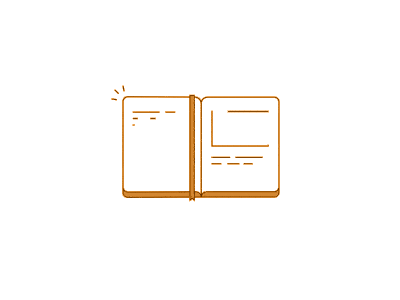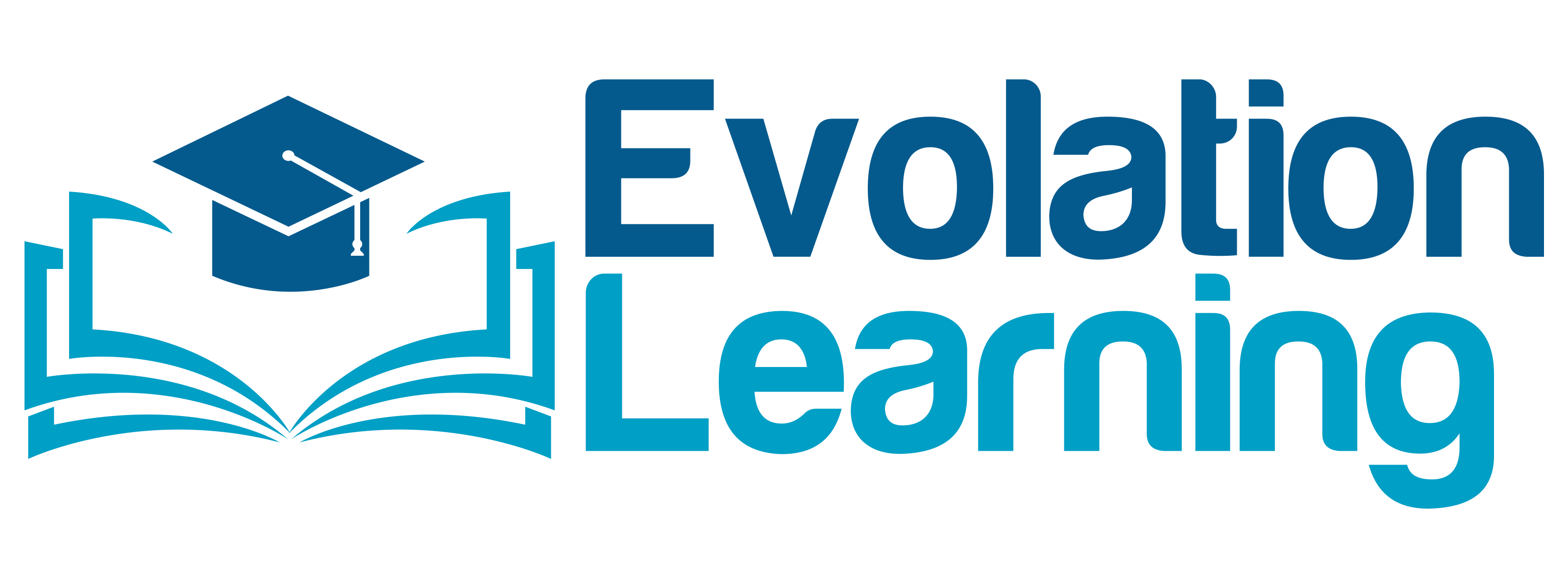BSBSUS411- Using this Learner Guide
A Learner Guide is just that, a guide to help you learn. A Learner Guide is not a textbook. Your Learner Guide will:
- Describe the skills you need to demonstrate to achieve competency for this unit.
- Provide information and knowledge to help you develop your skills.
- Provide you with structured learning activities to help you absorb knowledge and information and practice your skills.
- Direct you to other sources of additional knowledge and information about topics for this unit.
How to Get the Most Out of Your Learner Guide
Some sections are quite long and cover complex ideas and information. If you come across anything you do not understand:
- Talk to your facilitator.
- Research the area using the books and materials listed under Resources.
- Discuss the issue with other people (your workplace supervisor, fellow workers, fellow students).
- Try to relate the information presented in this Learner Guide to your own experience and to what you already know.
- Ask yourself questions as you go. For example, ‘Have I seen this happening anywhere?’ ‘Could this apply to me?’ ‘What if…’ This will help you to ‘make sense’ of new material, and to build on your existing knowledge.
- Talk to people about your study. Talking is a great way to reinforce what you are learning.
- Make notes.
- Work through the activities. Even if you are tempted to skip some activities, do them anyway. They are there for a reason, and even if you already have the knowledge or skills relating to a particular activity, doing them will help to reinforce what you already know. If you do not understand an activity, think carefully about the way the questions or instructions are phrased. Read the section again to see if you can make sense of it. If you are still confused, contact your facilitator or discuss the activity with other students, fellow workers or with your workplace supervisor.
Additional Research, Reading, and Note-Taking
If you are using the additional references and resources suggested in the Learner Guide to take your knowledge a step further, there are a few simple things to keep in mind to make this kind of research easier.
Always make a note of the author’s name, the title of the book or article, the edition, when it was published, where it was published, and the name of the publisher. This includes online articles. If you are taking notes about specific ideas or information, you will need to put the page number as well. This is called the reference information. You will need this for some assessment tasks, and it will help you to find the book again if you need to.
Keep your notes short and to the point. Relate your notes to the material in your Learner Guide. Put things into your own words. This will give you a better understanding of the material.
Start off with a question you want answered when you are exploring additional resource materials. This will structure your reading and save you time.

